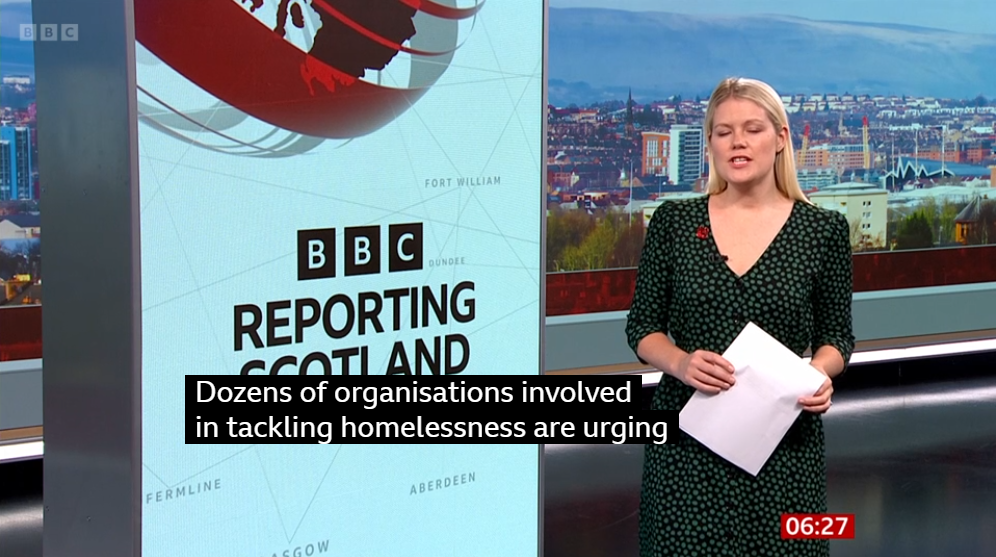Copyright talkingupscotlandtwo

Social housing is more prevalent in Scotland than England, comprising 23% of all Scottish housing stock (11% RSLs / 12% Local Authorities), compared to 16.4% in England (10.1% RPs / 6.3% Local Authorities). Scotland has similar rate of owner-occupation than England, 63.7% compared to 64.1%. Statistics based on March 2022 returns One of the most important powers devolved to the Scottish Government is the ability to permit the continued payment of housing benefit from the Department of Work and Pensions directly to housing associations (“HAs”). This option is also available for all tenants on Universal Credit whereby Scottish HAs can receive UC payments directly for rental payments in contrast to English RPs. This means Scottish HAs have a significant risk mitigation not available to their English counterparts. The Scottish Parliament’s Housing (Scotland) Act 2014 provided for Right to Buy to be abolished in Scotland from 31 July 2016. New build grant levels significantly higher than England (social rent benchmark £91.2k; mid-market rent benchmark £62.5k; additional funding of up to £20.2k per unit for zero/low carbon heating, working-from-home space, access to outdoor space/balconies, EV charging points, broadband etc. Bedroom tax effectively abolished in Scotland through Scottish Government subsidy. More traditional, low risk business model based on social housing. No build for sale. Building regulations were changed in Scotland in 2005 making it mandatory for builders to ensure any external cladding inhibits fire spreading. While the UK Government’s Independent Expert Panel on Fire Safety published consolidated advice on building safety in January 2020, which was subsequently withdrawn in January 2022 with the housing sector awaiting an update later this year (2022), Scottish building and fire regulations, standards and guidance are devolved.



